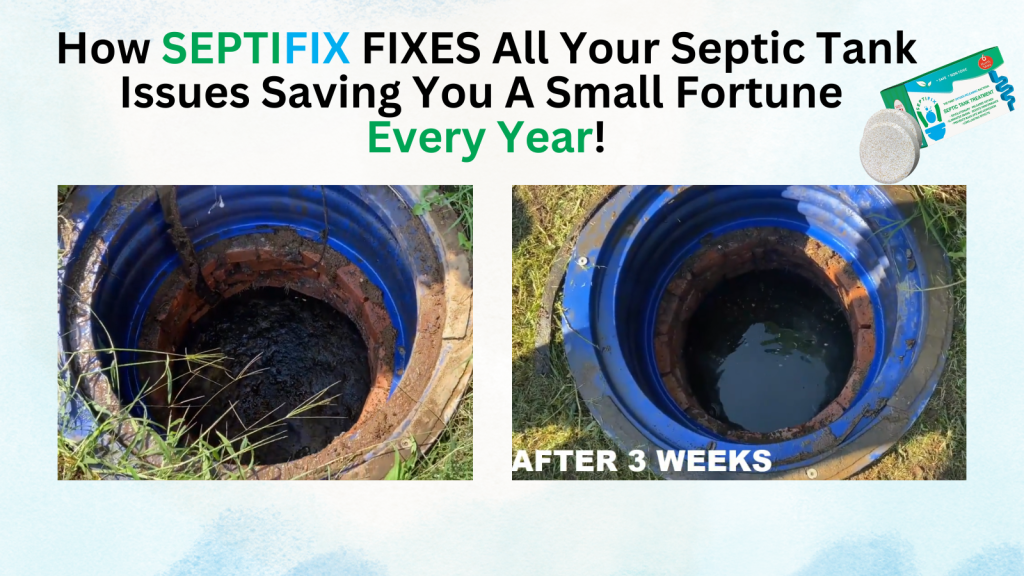Ohio septic tank laws are essential for homeowners relying on onsite wastewater systems to manage household sewage. Understanding these regulations helps avoid fines, prevent system failure, and protect local water sources. This guide will break down Ohio septic tank laws, explain your responsibilities, and offer tips to stay compliant. You’ll also find useful terms like leach fields, soil treatment systems, and aerobic units, which are commonly used across regions.
Overview of Ohio Septic Regulations
Ohio’s household sewage treatment system (HSTS) rules fall under Chapter 3701-29 of the Ohio Administrative Code. These laws are enforced by the Ohio Department of Health (ODH) and local health districts. While ODH sets the standards, local counties may have more specific rules depending on soil conditions and population density.
Every homeowner must follow state guidelines, but it’s your county health department that will issue permits, conduct inspections, and handle enforcement. Ohio Administrative Code on HSTS
Key Laws and Guidelines for Homeowners
Installation Permits and Approvals
Before installing a septic system in Ohio, you must obtain a permit from your county health district. This includes a site evaluation and soil testing to determine which type of domestic wastewater system suits your property.
- Systems must be installed by a registered installer.
- The system design must comply with sizing and location standards.
- Replacement systems also require permitting and inspections.
Maintenance and Inspection Requirements
Ohio law requires routine maintenance to ensure system functionality and safety.
- Inspections are typically required every one to five years, depending on your system type.
- Septic tanks, aeration systems, and mound systems may have separate rules.
- A maintenance contract may be needed if you have an aerobic treatment unit (ATU).
Homeowners are also expected to keep maintenance records and share them upon request by health officials. Find Your County’s Septic Regulations
System Types Recognized in Ohio
Ohio recognizes several types of systems based on household size, property layout, and soil type:
- Conventional septic systems with leach fields
- Mound systems for properties with shallow soil
- Aeration treatment units (ATUs), common in tighter lots
- Drip distribution and sand filters in advanced designs
Terms vary by region. You might hear “onsite sewage facilities” or “household treatment units” in local ordinances.
Ohio Septic Tank Pumping Rules
There’s no state-mandated schedule for pumping, but local regulations require tanks be pumped every 3–5 years, or when sludge and scum levels reach a critical depth.
- County inspectors may recommend pumping after each site review.
- Neglecting to pump can lead to system backup and groundwater contamination.
- Use a licensed septage hauler for legal disposal.
For example, Franklin County Public Health recommends a service frequency based on household size and tank capacity. Franklin County Septic Info
Selling a Home with a Septic System in Ohio
When you sell a home with a septic system:
- A Point-of-Sale Inspection may be required in some counties (e.g., Summit and Cuyahoga).
- The seller must disclose the system’s location, age, and service history.
- Buyers may request a professional inspection before closing.
Failing to comply can delay or cancel a real estate transaction.
Directory | Ohio Septic Service Providers : Best Professionals – Part 1 Directory | Ohio Septic Service Providers : Best Professionals – Part 2 Directory | Ohio Septic Service Providers | Part 3
Penalties for Non-Compliance
If you fail to follow Ohio septic tank laws, you may face:
- Fines ranging from $100 to $1,000 per day
- Mandatory system replacement or repair orders
- Civil or criminal enforcement in extreme cases
Non-compliance can also lead to public health issues and lawsuits if contamination spreads.
Common Septic System Mistakes and How to Avoid Them
Homeowners often unintentionally damage their systems by:
- Flushing wipes, grease, or non-degradable items
- Driving or parking over the drainfield
- Using chemical additives that disrupt natural bacterial processes
- Failing to maintain effluent filters
A well-maintained septic system, also known as a blackwater treatment unit in some rural areas, can last 20–30 years.
Contact Info and Helpful Resources
For more details on Ohio septic tank laws, permits, and services, check out the following:
- Ohio Department of Health – HSTS Info
- EPA SepticSmart Program
- Ohio Environmental Protection Agency
- National Onsite Wastewater Recycling Association
Looking for service providers or inspectors? Visit your county health department website or check our Septic System Contractor Directory for trusted options.
Conclusion
Following Ohio septic tank laws protects your home, your wallet, and your local environment. From permits to inspections, each step matters in maintaining a reliable system. Avoid penalties and prevent breakdowns by staying informed and proactive.








